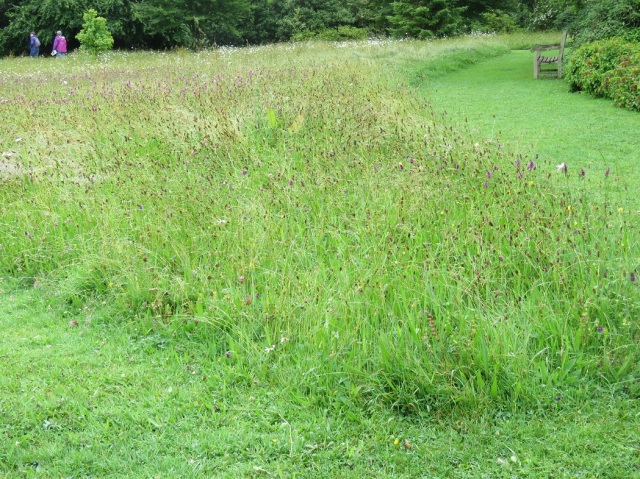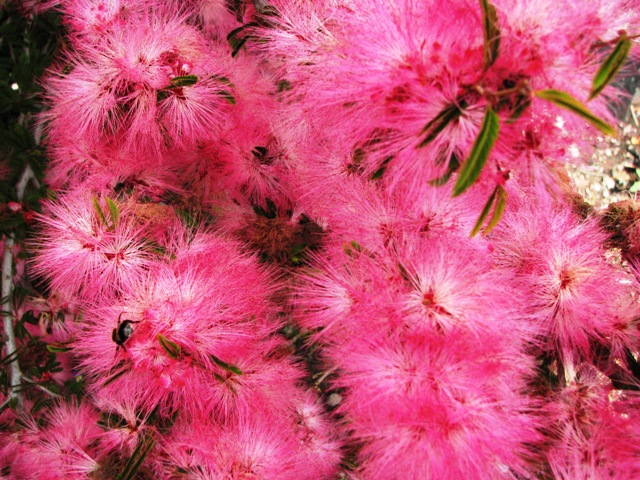
It has been a discombobulating week. Not at a personal level, but nationwide. The tsunami threat on Friday rather capped it off. In a country where the majority of people live within a few kilometres of the coast, the potential catastrophe of a tsunami on the scale of the 2004 Boxing Day one in the Indian Ocean is very real. Three large earthquakes to the north of us were seen as having the potential to create such waves.
For overseas readers, this resulted in major evacuations across wide areas (“get to higher ground or head inland”), a general warning to coastal residents around the rest of the country and wall to wall coverage on all major media for several hours. Fortunately, the threat passed with no tsunami – just some unusual wave and current activity – and we all learned that our Civil Defence protection is efficient and effective in the face of real threats. That, at least, is reassuring.
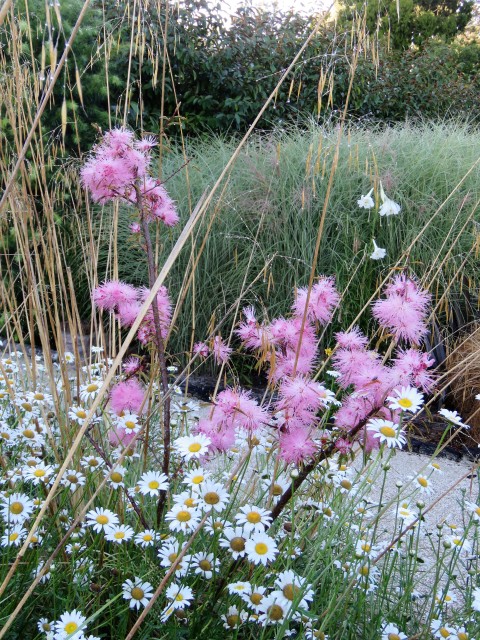
As we are coming up to the first anniversary of Covid in NZ, Auckland is just coming out of another week of Level 3 lockdown. This is comparable to the general level of lockdown in many other countries but somewhat short of the Level 4 lockdown of last year when we managed to get the country Covid-free. It was also for one week only, to isolate the latest community cluster which has been kept to just nine people – against all odds given that it is the highly contagious UK strain. The thing about lockdowns is that they bring out the best in many people and the worst in a strident few and that makes them even more wearing.
Honestly, NZers whinging about being ‘sick of lockdowns’, ‘suffering from Covid fatigue’, and bleating that ‘we can not keep yo-yoing in and out of lockdowns’ are so selfish when you look at the rest of the world, most of which has been in some form of lockdown for the better part of the last year. The whole world is ‘sick of Covid’ but it is not going to end any time soon and we NZers have had more freedom than almost every other country. But there is a price to pay for the freedoms we take for granted and that price is doing what is required to keep Covid out of our communities.
Just please, stop complaining, grit your teeth and keep your eyes on the goal of a return to those freedoms of activity and movement over the next week or so. And keep watching what is happening in the rest of the world and be grateful for where we are.
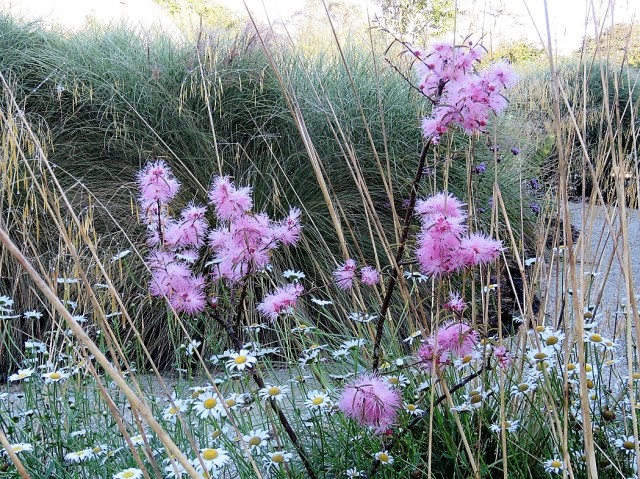
I was delighted to see the calliandra in flower this week. I wasn’t sure how it would perform in a garden situation here, given that it is native to Arizona, Texas and Mexico and that it was a very neglected specimen when I planted it. Now I feel I should go and retrieve the remaining neglected specimens languishing in an unloved state in the former nursery area. Maybe I could revive them and have more of these starburst wonders in the hot Court Garden.
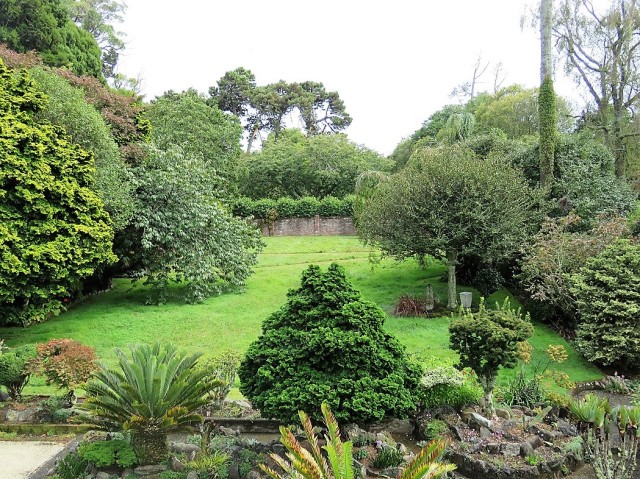
Mark was almost chortling in delight – except that he is not generally a chortler- at the candyfloss piece about letting your lawns grow on TV’s Seven Sharp show this week. Mark asked Lloyd to stop mowing our large front lawn after Christmas. Lloyd is too discreet to express an opinion on this matter but I suspect it galls him to look at it as he mows the other lawns. Mark was curious to see what would happen if we let it grow and he is quite delighted by what he calls his ‘low meadow’. The quail, who enjoy the clover, are equally pleased. There are areas carpeted in white clover flowers and yellow from the lotus major but more patches than carpets of blue from the self-heal (Prunella vulgaris). I was hoping for more blue.
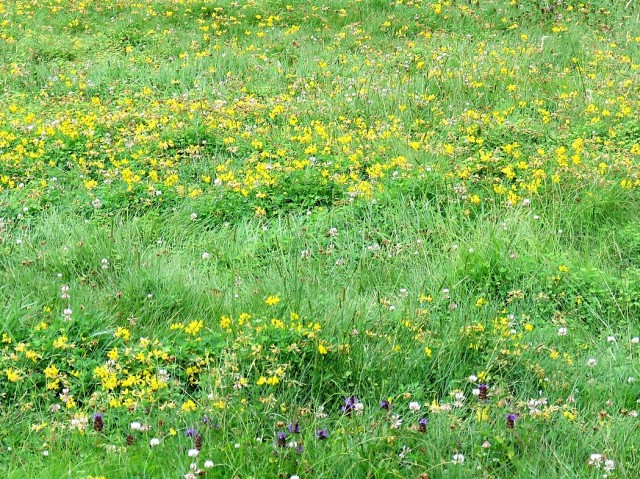
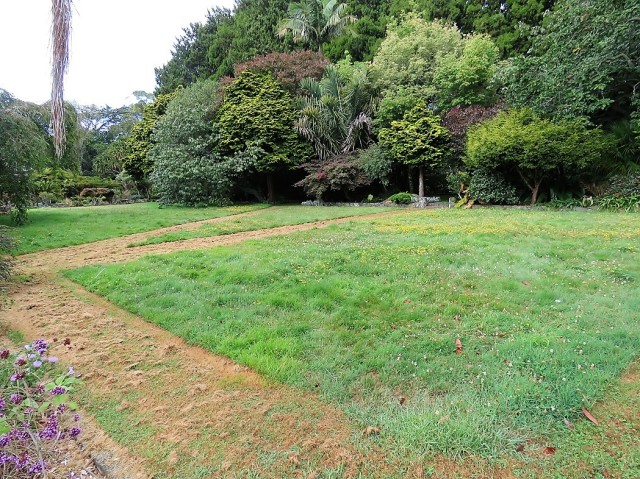
After a few weeks, I asked Lloyd to mow a strip around the edges and paths through the middle and that gave it a more acceptable definition – more meadow than neglected, rank grass. There is still an open verdict here on the merits. It is certainly more environmentally friendly. As far back as 2006, I have been writing about the environmental travesty that is our obsession with ‘perfect’ lawns. We will mow again when the flowering finishes and the first cut may be more like making hay. In the meantime, it is not a look that will appeal to everybody but we are interested in experimenting with gentler ways to garden. And at least we are in good company with this concern.
